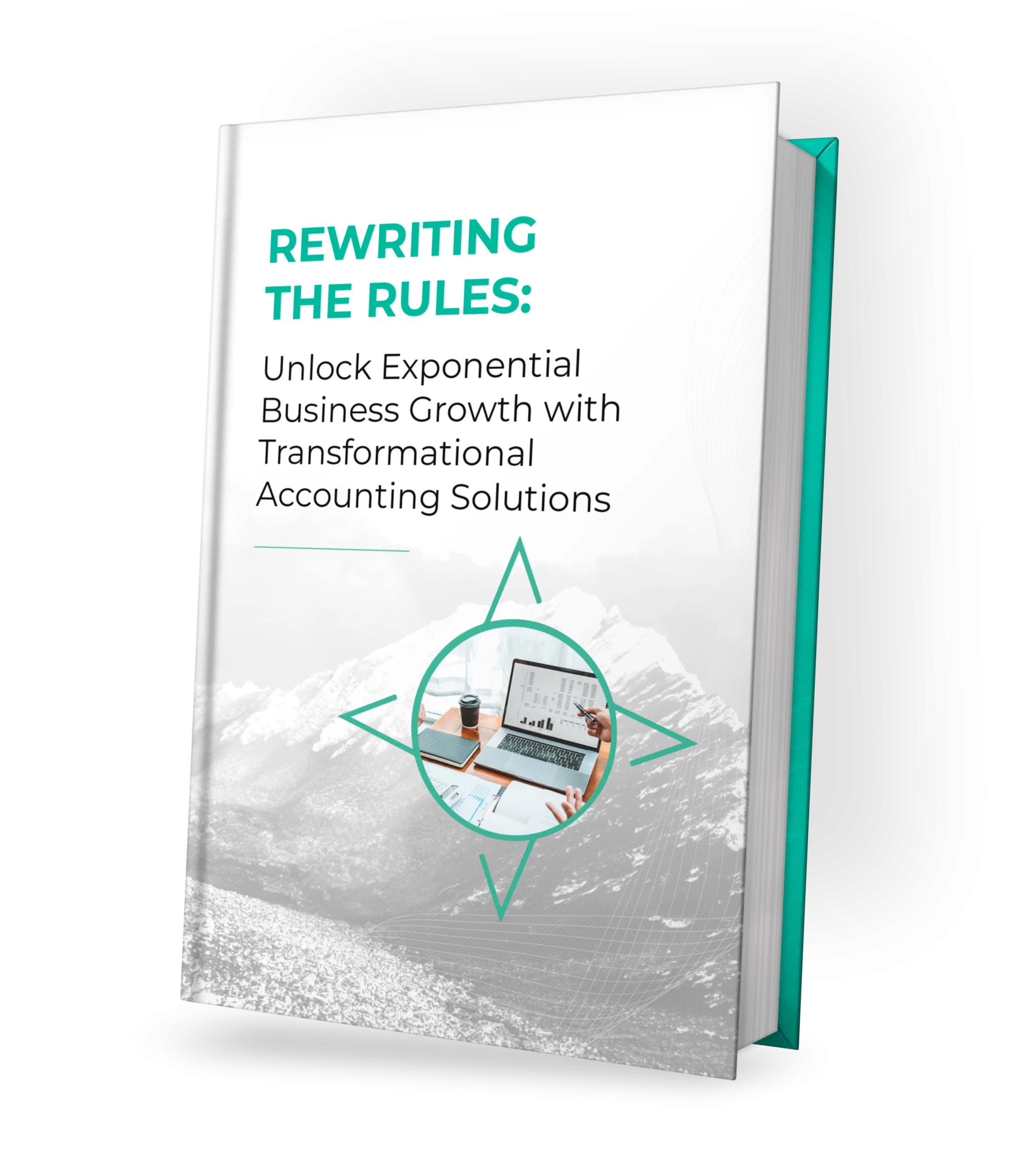As we have previously written, financial tracking and forecasting are fundamental to the setting strategy and understanding your business. For startups, accurate modeling is especially important. While a having a great idea or product is a crucial first step in running a business, the path to success should be be supported by sound projections as a basis to execute.
By building a financial model, you can define your inputs and expectations, you can put strategies in place to improve your probability of success. By asking yourself how your company’s needs and results will change in multiple situations, you can create a roadmap to steer the business as you encounter these scenarios.
Lastly, your financial model will support your conversations with banks and investors when raising capital. During the fundraising process, you are likely to face difficult questions regarding the strategy behind your business model. By having a detailed financial projection, you will be able to effectively tell your story and give them confidence you will be able to execute on your vision.
Below we lay out the steps to building a useful financial model.
Where to begin
Step 1. Decide on a Headline Goal
We recommend setting a Headline goal for the period you want to forecast. This can be number of customers, monthly revenue, or run rate by a certain date this will be your NorthStar. From there, you will be able to determine the resources needed to be able to achieve your goal.
Step 2. Forecast Revenue
Now that you have your NorthStar, you can begin to project your revenue. Your revenue each month is a formula calculated based on several inputs including:
- Your products and services mix
- How many units you expect to sell per month, quarter, or year
- Average selling prices per unit
- The number of customers you expect to attract within a given timeframe
Step 3. Project the inputs necessary for achieving your revenue targets
Once you have come up with realistic revenue targets, you will need to estimate the requirements to run achieve those goals. Inputs could include, but are not necessarily limited to:
Cost of goods sold (COGS)
Your COGS are the expenses directly related to your sales and will differ depending on the products and services you sell. For example, if you are a SaaS company, you may factor in expenses related to hosting, onboarding, customer support services, and online transactions. If you offer a service such as industrial cleaning, for example, costs will include things like employee wages and equipment costs. With tangible goods, you will need to factor in the costs of materials. The COGS is an important metric as it will determine your gross margin, or profit on each sale.
Operating costs
Operating expenses refer to the overhead costs related to running your business. They differ from COGS in that they are not directly related to the production or delivery of goods or services. Rather, they include the cost of operational services of the back office and company as a whole. These costs include the below examples:
- Payroll
- Rent
- Utilities
- Travel costs
- Legal costs
- Accounting
- Office supplies
- Marketing costs
- IT costs
- Insurance
When establishing how much you are willing to spend on each of these costs, consider whether your estimations align with your overall growth strategy. Estimate the expected return on investment of these items based on your expectation of how they will assist in achieving your NorthStar goal.
Step 4. Profit
Finally, when you subtract all your Expenses (COGS and Operational Expenses) from your Revenues, the remaining balance is the profit that is available to be reinvested or distributed. Investors and lenders will focus on the total profit along with the forecasted growth of the profit when determining to whether to contribute capital to your business.
Know your Numbers & Sell Your Story
Once you build a financial model it is important you know the inputs to achieving the NortStar goal along with potential other scenarios (and the levers you can pull in each situation to still be able to achieve your goal). By owning your numbers, you will give your internal and external stakeholders confidence that your business model is sound, and you are on the path to success.
Tell the financial story you want to tell with AccountFWD
Here at Proseer, we’re a tech-enabled public accounting firm offering outsourced CFO, accounting and tax services. We deliver forward-thinking accounting and tax services with personalized support and concierge level service. If you are still in the dark about anything to do with building your financial model, understanding your business’ numbers, or even outsourcing, we’d be glad to help you. Get in touch with us today to learn more. Send us a note or give us a call 954-686-8687.

